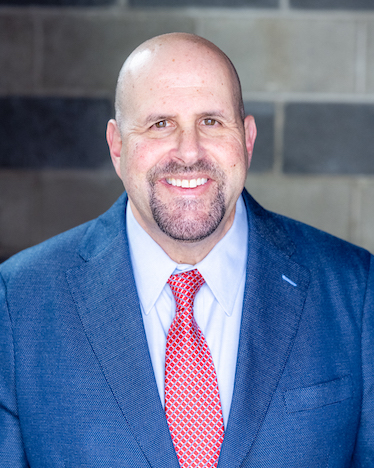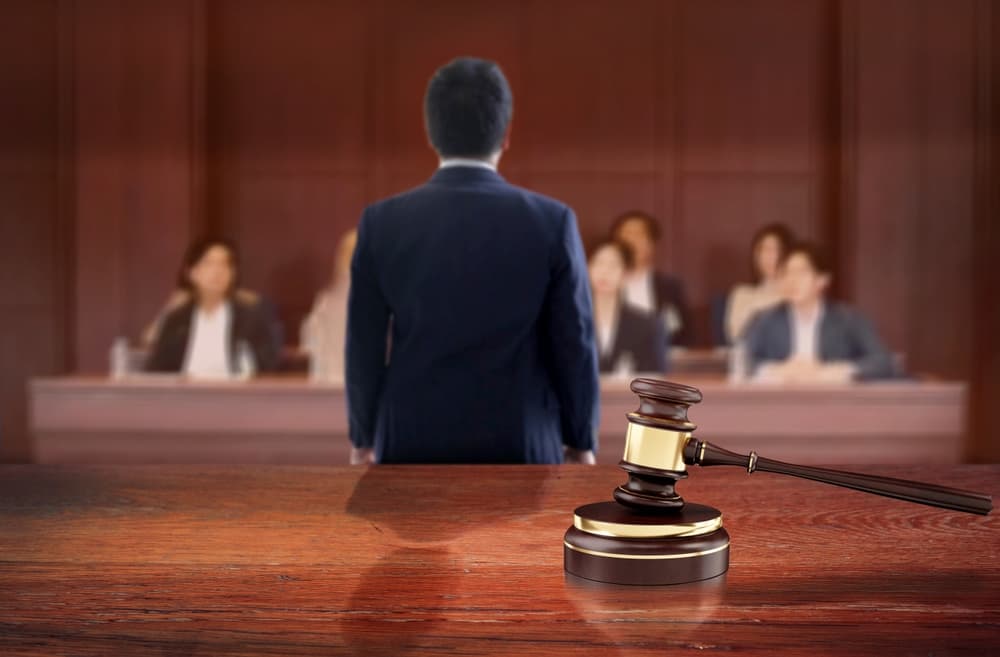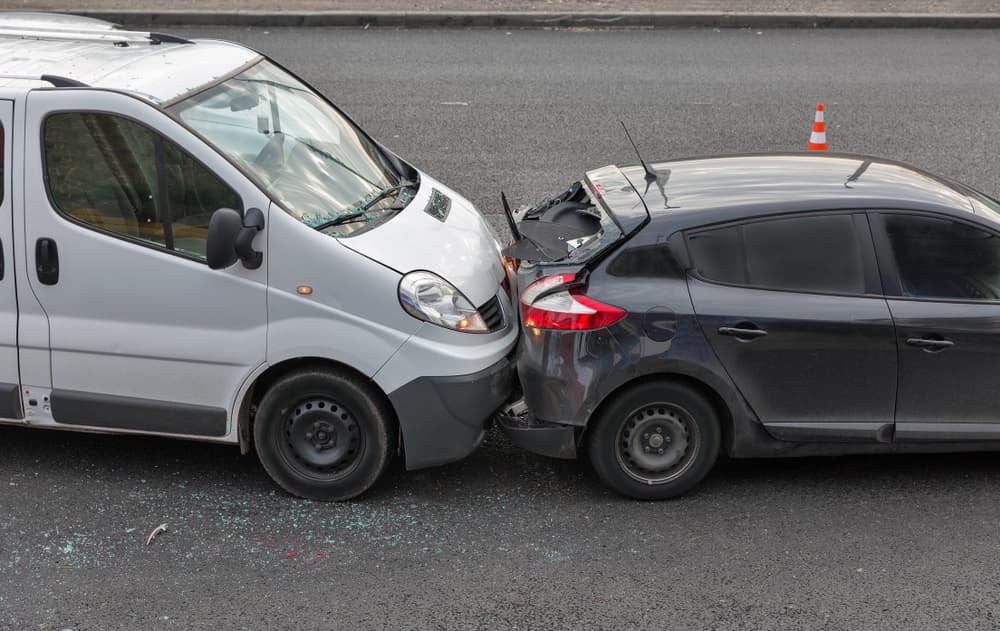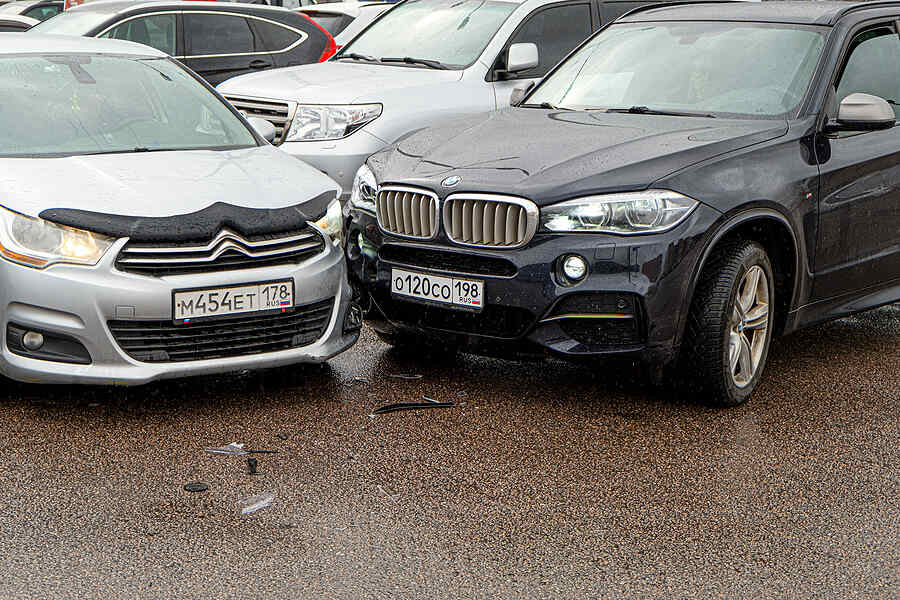Proving Negligence in a Chicago Car Accident
Every year, one-fifth of all car accidents in the United States leads to death or injury. For some people, these injuries are minor and will heal with time. For over 2 million of car accident victims,
the injuries they receive are permanent. Whether car accident injuries leave a person with short or long-term repercussions, the unexpected financial strain can feel impossible to juggle with all of life’s other expenses. That is why US courts allow for injured drivers to recover these costs. Receiving compensation from the at-fault driver is essential to getting your life back on track. Proving the negligence of the at-fault driver is one of the first steps toward securing the compensation you deserve for your damages.
What is Negligence?
In order to understand how to prove negligence in a car accident claim, we must first understand what negligence is. Negligence, when referring to a car accident, is made up of four elements. These are
duty of care,
breach of that duty,
causation, and
damages.
Duty of Care
A driver’s duty of care is the legal responsibility they take on when they get behind the wheel. This duty includes avoiding any actions or behaviors that could lead to injury or death. Drivers must exhibit the same watchfulness, attention, caution, and judgment that a reasonable person would toward other drivers and the public.
Breach of Duty of Care
A driver is considered to have breached their duty of care when they fail to uphold this responsibility. Some examples of a driver breaching their legal duty of care include
speeding,
running a stop sign,
drinking and driving,
failing to yield, or
driving while distracted.
Causation
The next step in the process of proving negligence is to show that the at-fault party’s breach of duty is what led to the car collision and the resulting injuries. This step is required because someone can be at-fault for a rear-end collision to your vehicle without being responsible for injuries. But if that collision is what caused your herniated disc, the driver would be liable.
Damages
The final step in proving negligence is to prove that the accident caused you some type of damages.
Damages are the financial losses and personal losses you’ve suffered because of a car accident. This can include medical bills, lost wages, vehicle repair expenses, and your
pain and suffering. Damages may also include
wrongful death damages if your loved one was killed in the accident.
Determining Fault in a Car Accident
There are several types of evidence that help to show that a driver is at-fault. If a car accident causes death, injury, or property damage, the drivers are required to report the accident to the police. This is a critical first step that will officially document the collision with authorities.
In addition to a police report, other forms of evidence will also be collected to prove fault. This may include video from a dash cam or traffic cam, witness statements, photos of the accident scene, and vehicle inspections. These are all valuable types of evidence to support a case against a negligent driver.
[Read:
What to Do After a Car Accident That Was Not Your Fault]
How Your Attorney Will Prove Negligence
Oftentimes, two drivers have vastly different accounts of how a motor vehicle accident happened. The finger pointing usually begins seconds after the impact.
If you were injured because of another driver’s negligence, hiring an experienced accident attorney can be
instrumental in proving the other driver is liable for your damages. An attorney understands the civil laws that make up car accident claims and how to prove them effectively.
This means that they can use their experience to demonstrate how the other driver breached their duty of care, how that caused the accident, and how that led to your damages. Attorneys also understand how to utilize evidence and resources to prove their case. This might include filing a
Freedom of Information Act request for traffic cam footage or hiring an accident reconstruction expert to analyze the scene. These elements can make all the difference between a lowball offer and an appropriate settlement amount.
For example, if the at-fault driver was speeding at the time of the collision, your attorney may present security camera footage from a nearby gas station. Or even eyewitness statements that prove the driver's negligence.
If you were injured because of a drunk driver, your attorney might find information from the establishment that served the driver alcohol to strengthen your case. They may also look into a dram shop case against said establishment.
Sometimes a case will need to go all the way to trial. In this situation, a typical jury won’t necessarily have the background knowledge they need to understand physical evidence like the skid marks on the road. It’s your attorney’s job to explain in clear terms how this evidence proves the other driver was negligent and how that led to the collision.
Prove Causation and Applicable Damages
When policyholders are at-fault, their insurance companies will do anything in their power to distance themselves from paying for the car accident claim.
One method they use is blaming your resulting injuries on a pre-existing condition or injury. This is common with ongoing conditions like chronic pain or nerve damage since these issues can arise from a variety of circumstances. An experienced personal injury attorney can help stop this denial tactic. Additionally, they will prove that your injuries were caused by the accident in question. Your attorney may utilize past medical records, statements from medical experts, and your treating doctors’ opinions to do this.
It is important to hire a lawyer who will explore all of the possible damages that apply in your case. Unfortunately, this is where many people that handle claims on their own fall short. Experienced attorneys are aware that certain conditions can require future medical treatment or may cause more time off from work than is initially apparent. So they will value your claim accordingly.
This just shows that there is more to consider than proving negligence. Hiring an attorney can help you to establish liability, prove the extent of your damages, and get the proper amount of compensation to cover all aspects of your damages.
Contact a Chicago Car Accident Attorney
If you or a loved one has been injured in a motor vehicle accident that was caused by another person, speak to a car accident attorney at Abels & Annes. We are dedicated to recovering maximum compensation for every one of our clients with our detailed accident investigations. We take a tough approach with insurance companies and are willing to take your case to trial if necessary. For a free case evaluation, call us at
312-924-7575 or
contact us online.
David Abels
Partner
David Abels has carved a niche for himself in the personal injury law sector, dedicating a substantial part of his career since 1997 to representing victims of various accidents. With a law practice that spans over two decades, his expertise has been consistently recognized within the legal community.
Author's Bio



